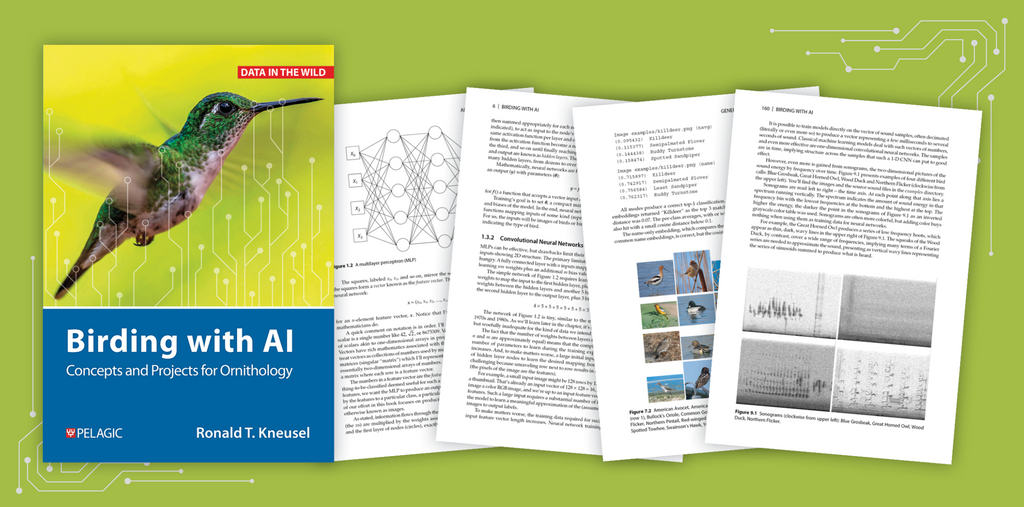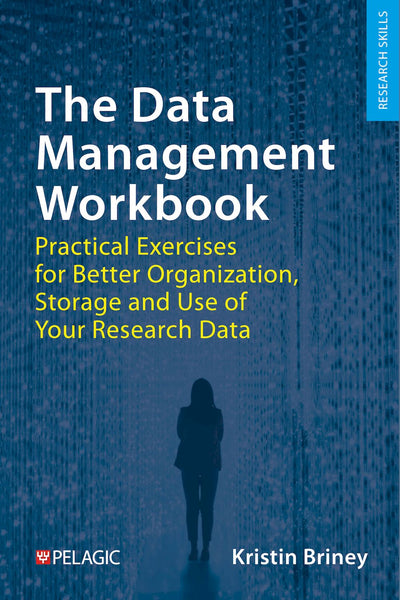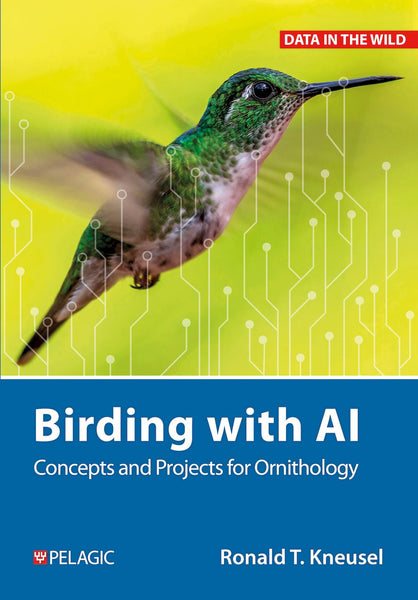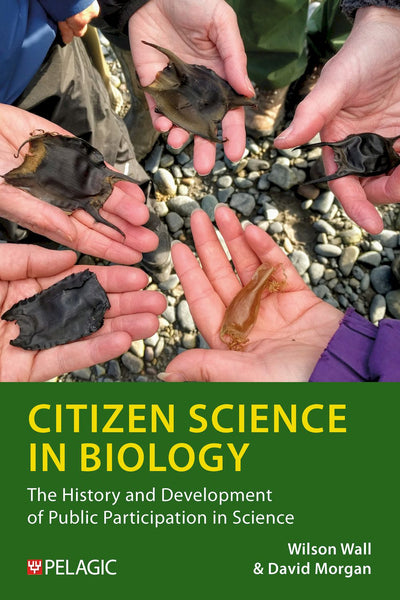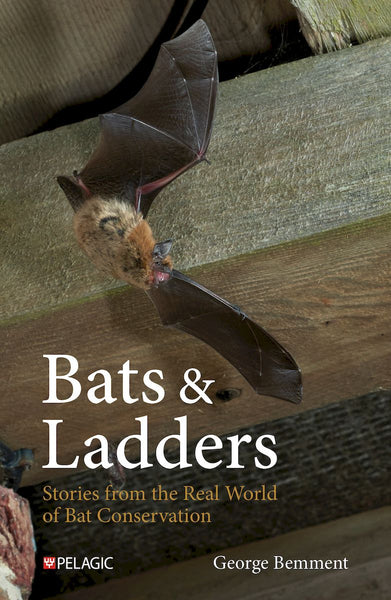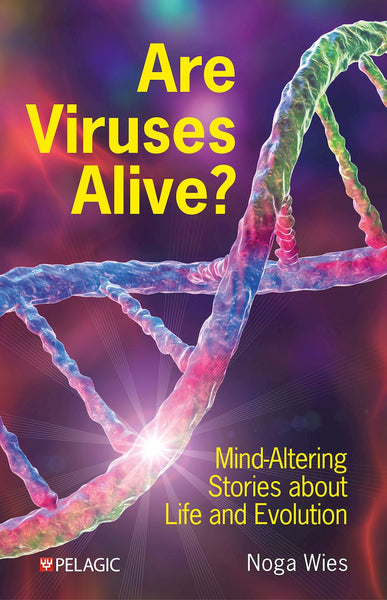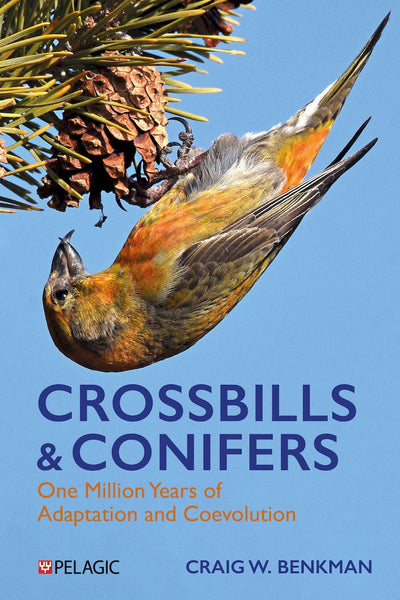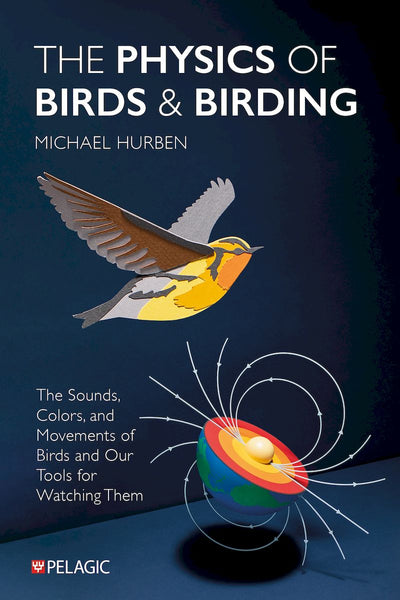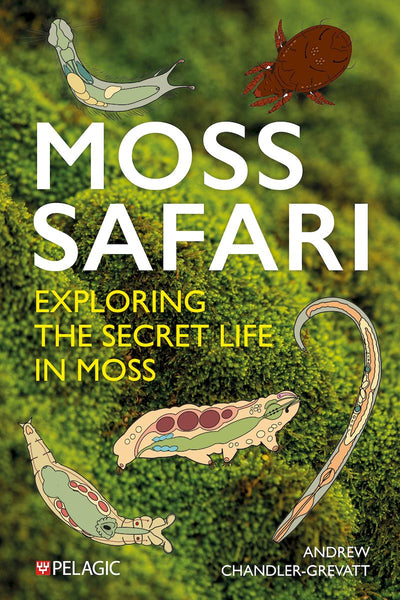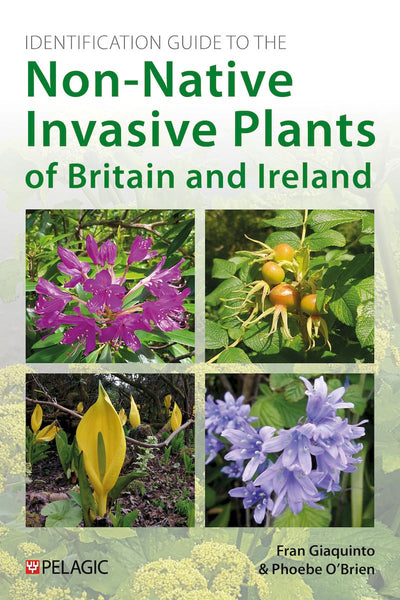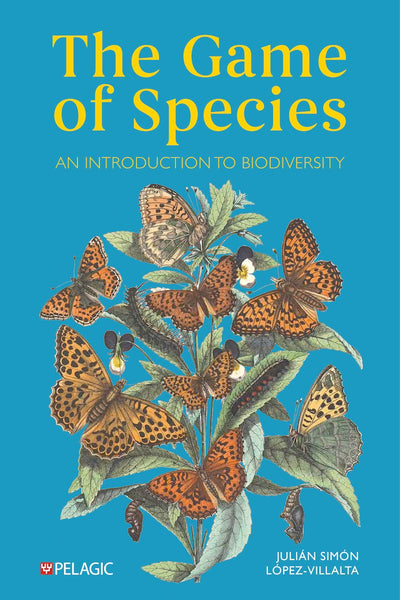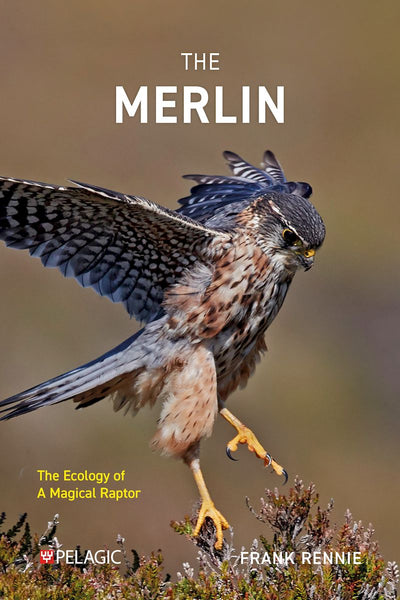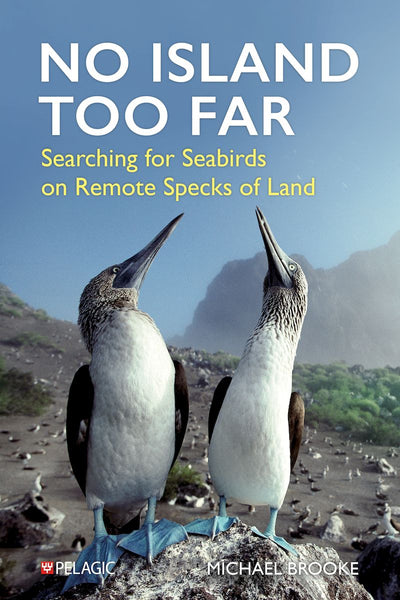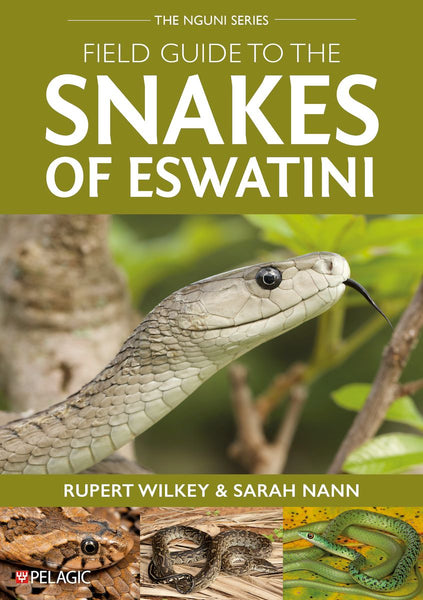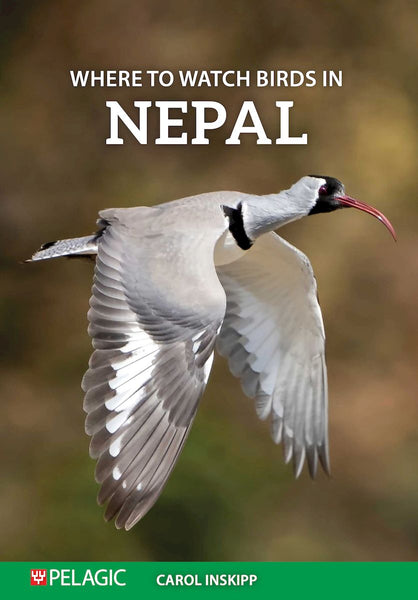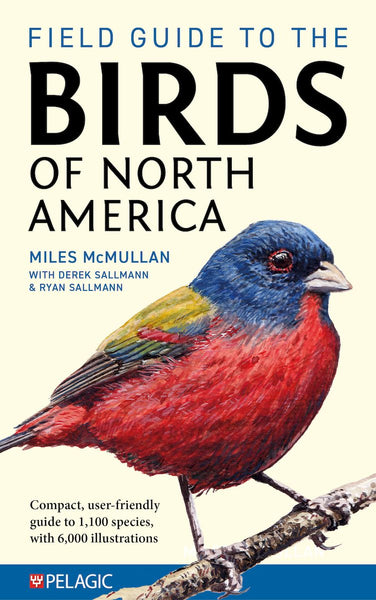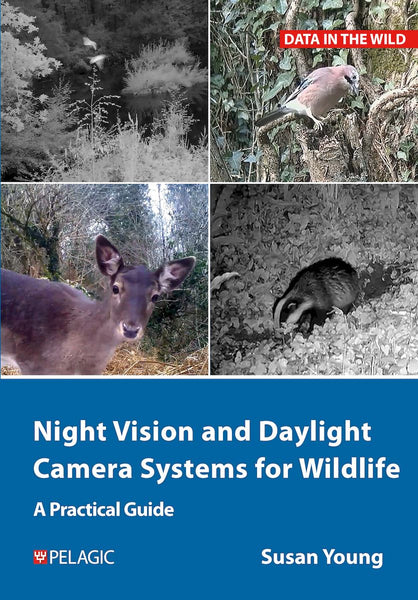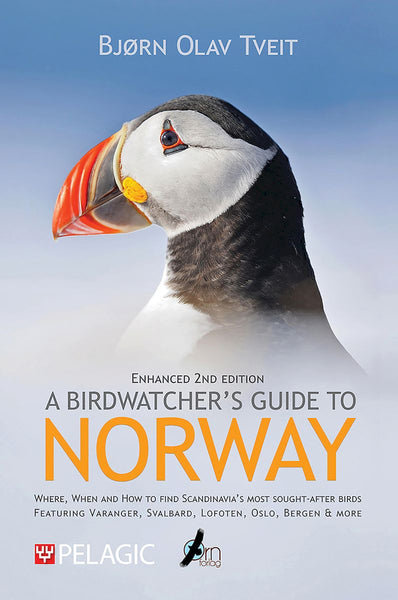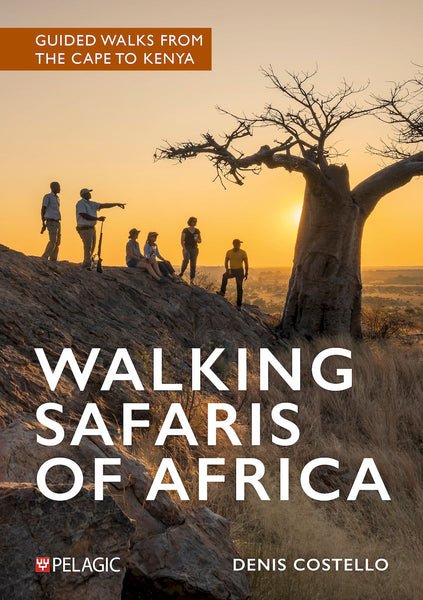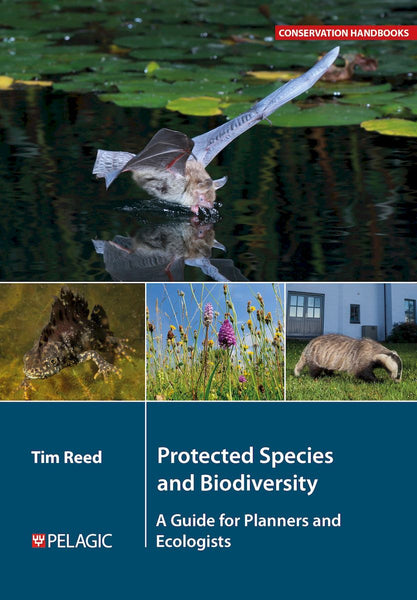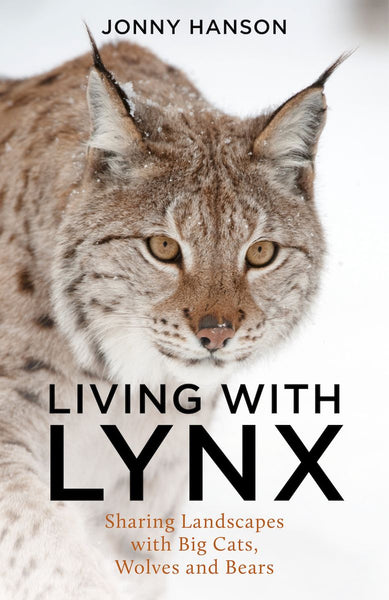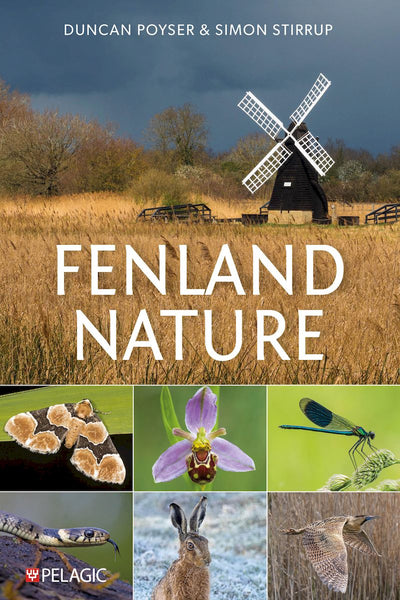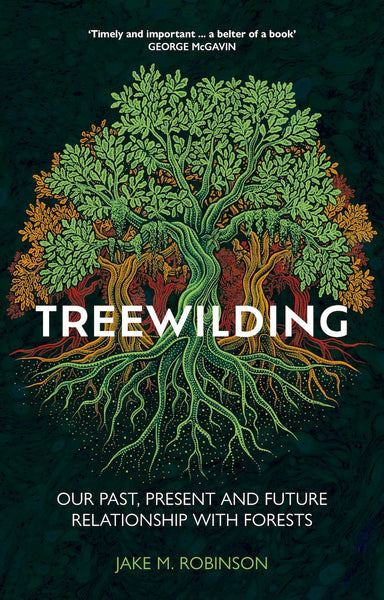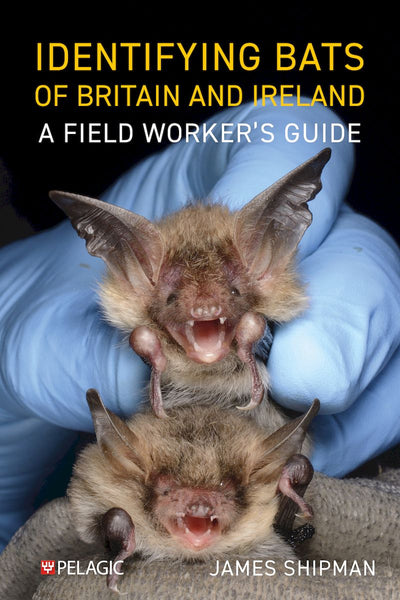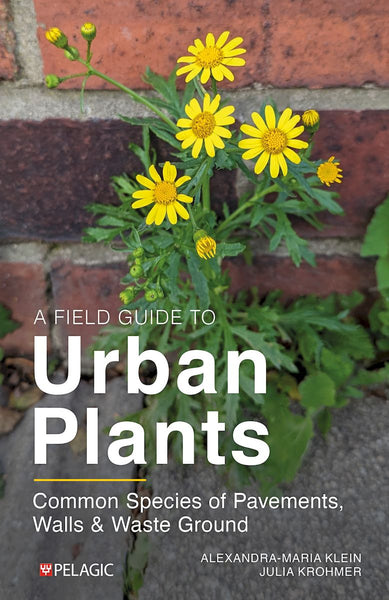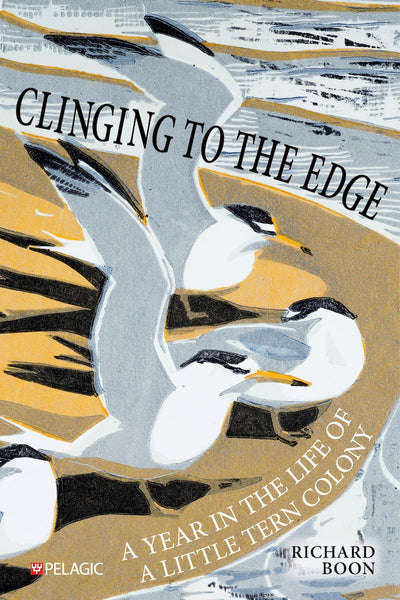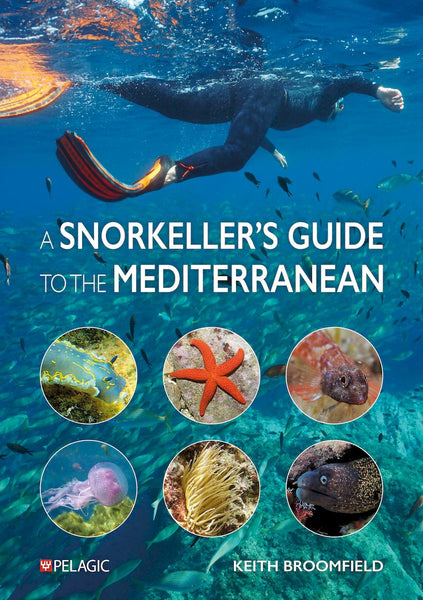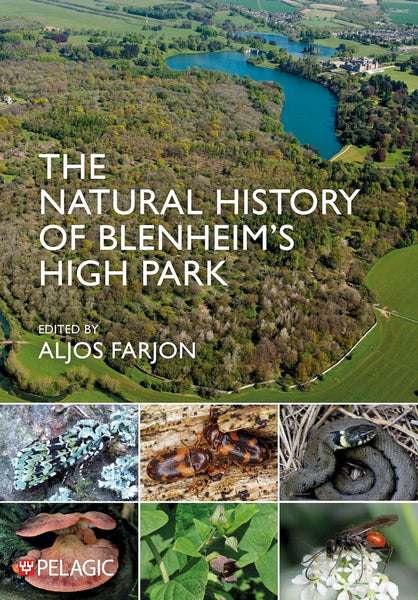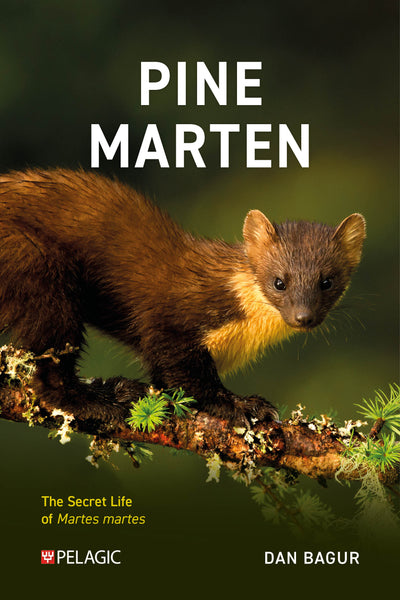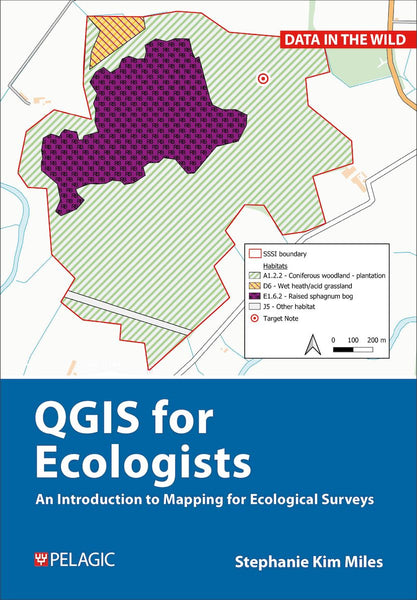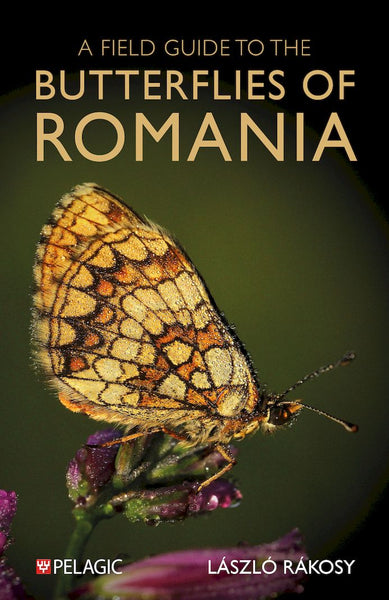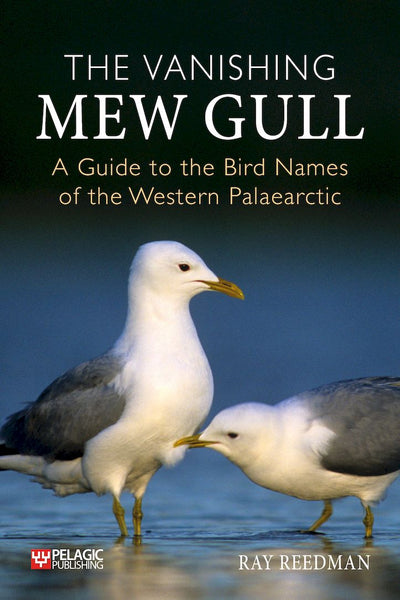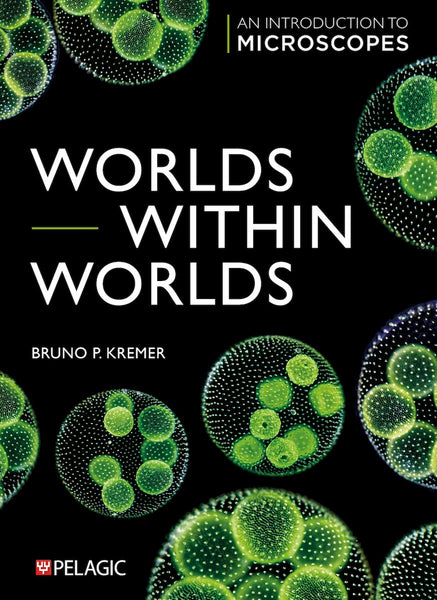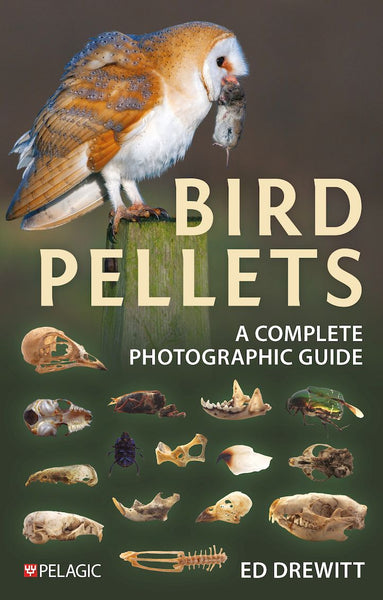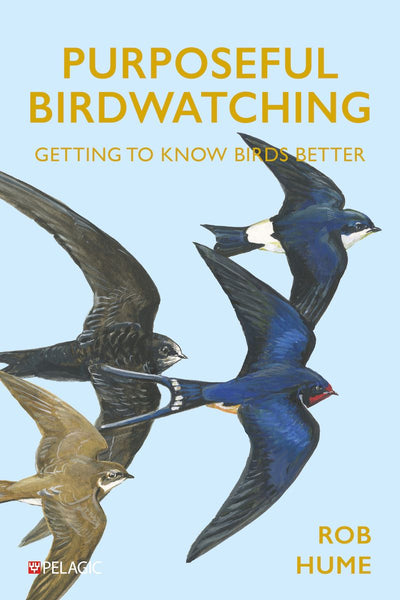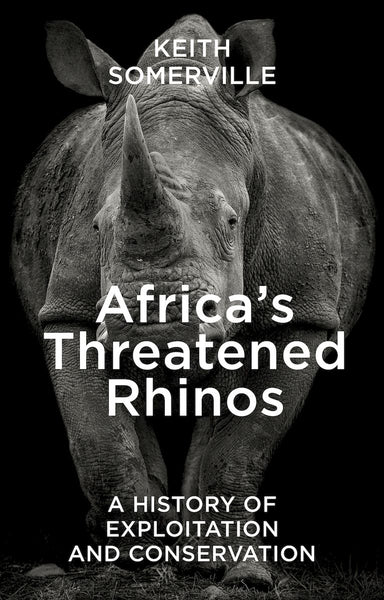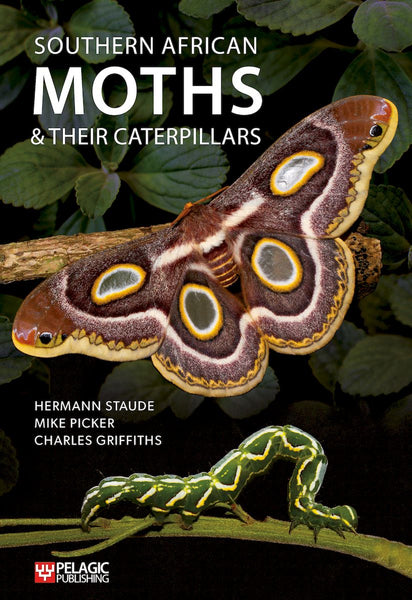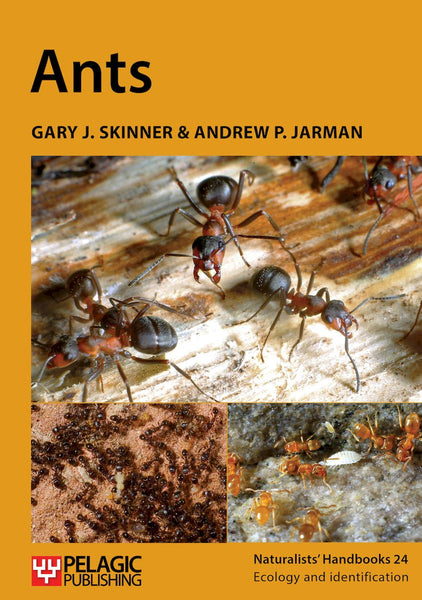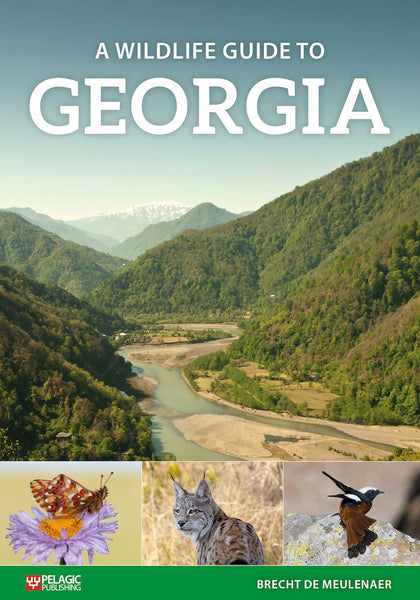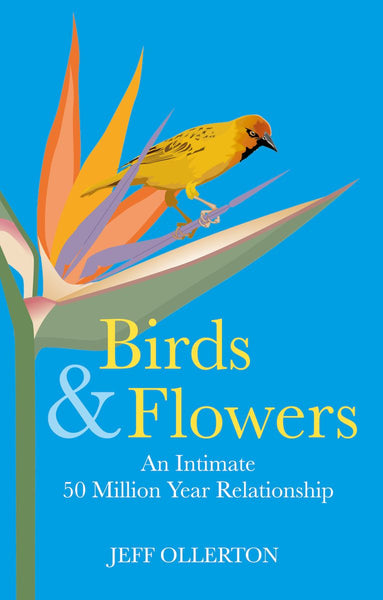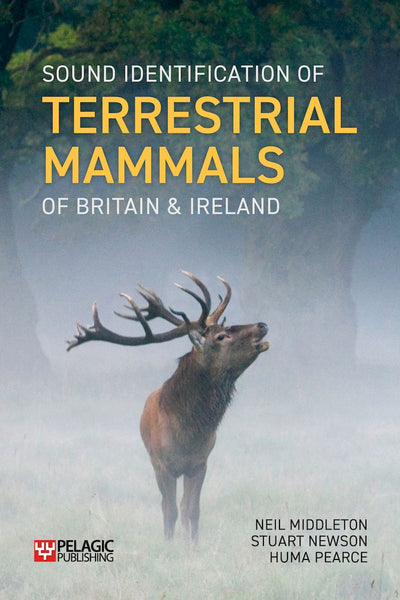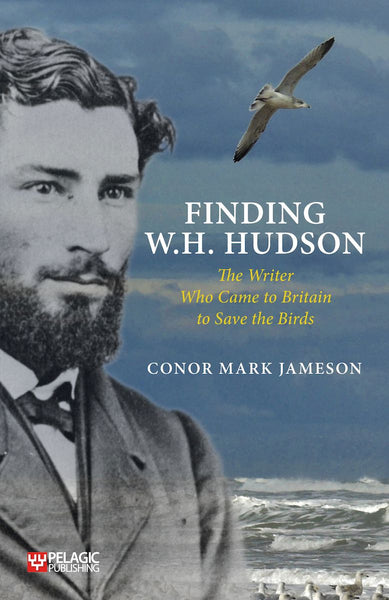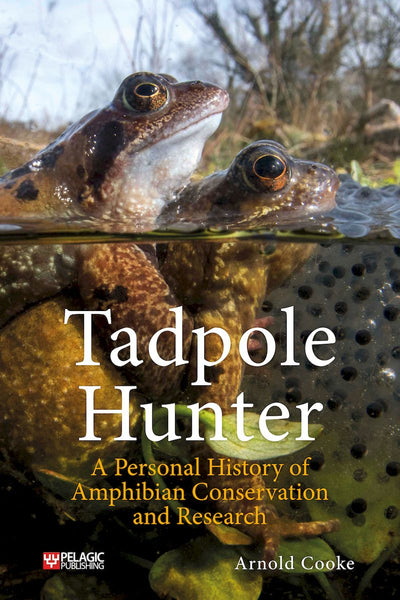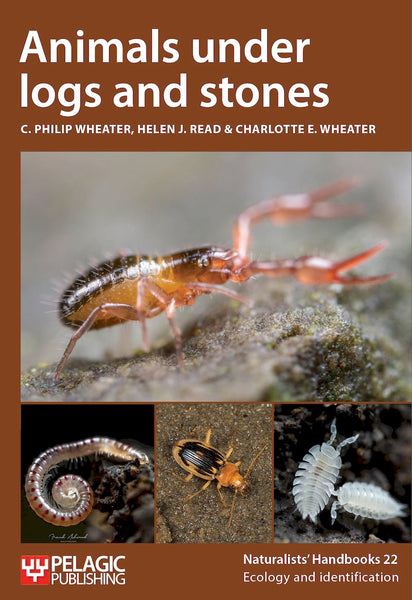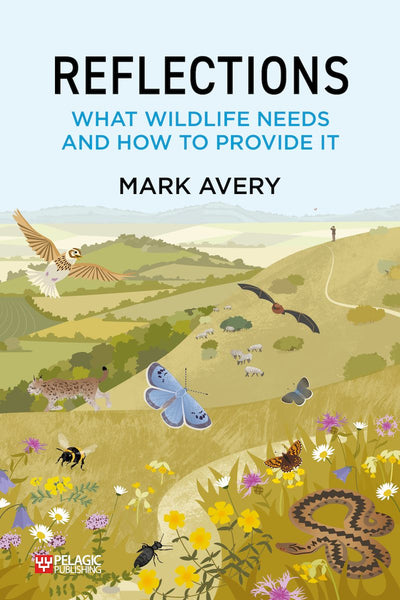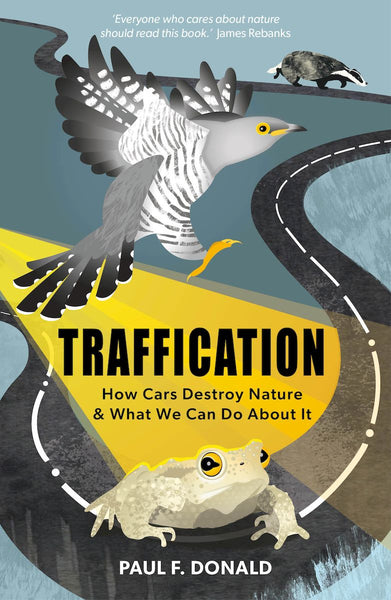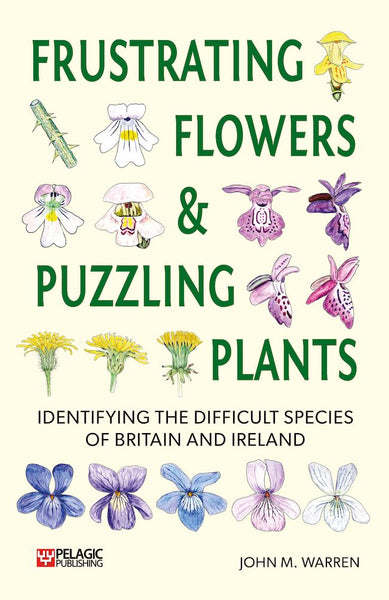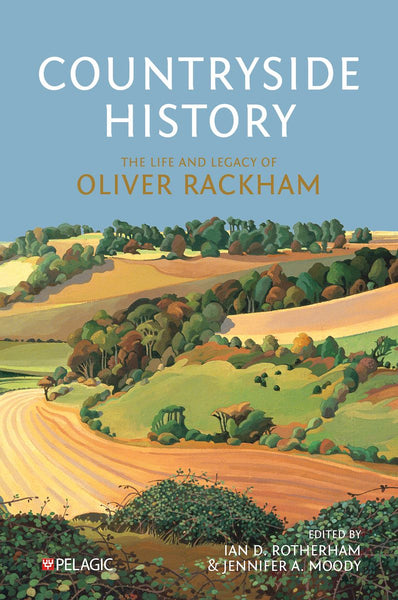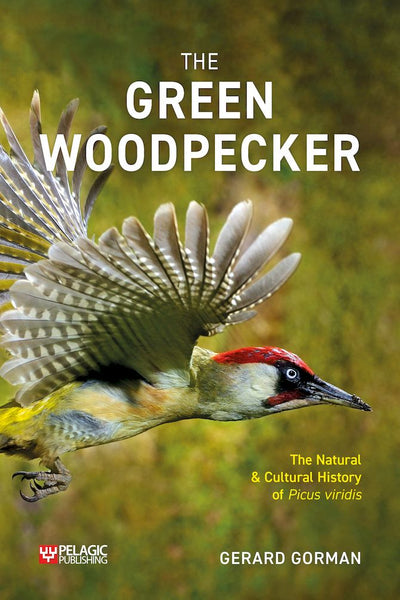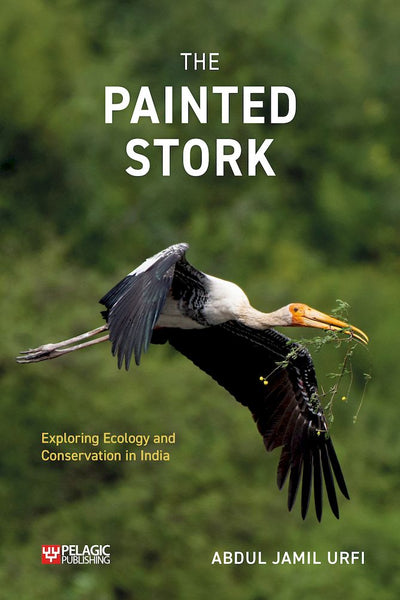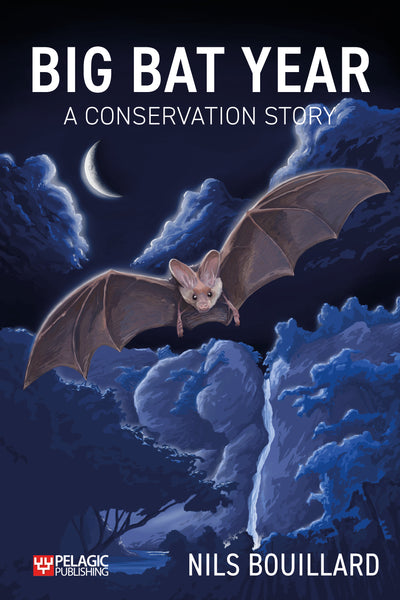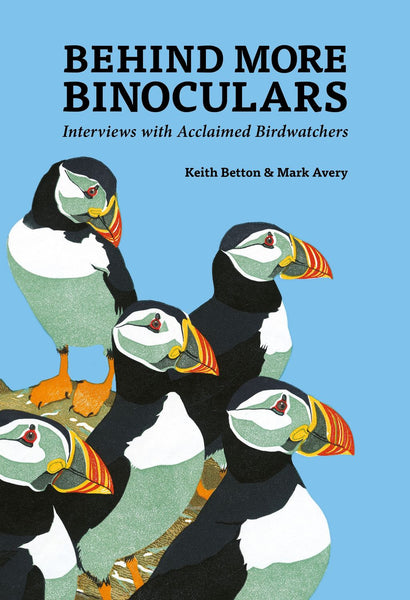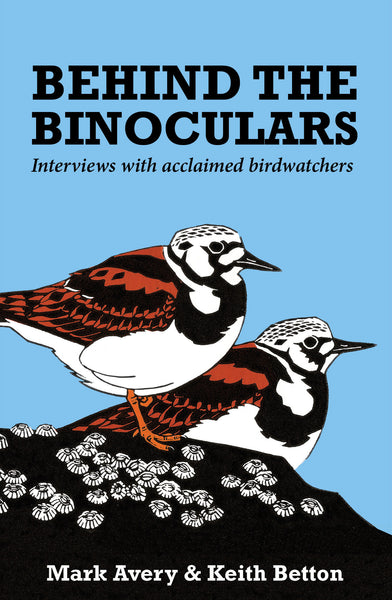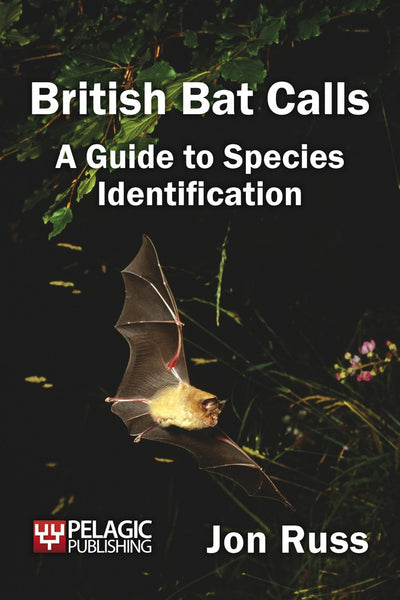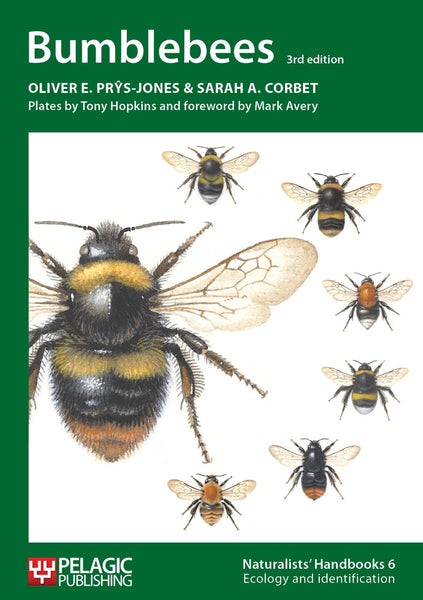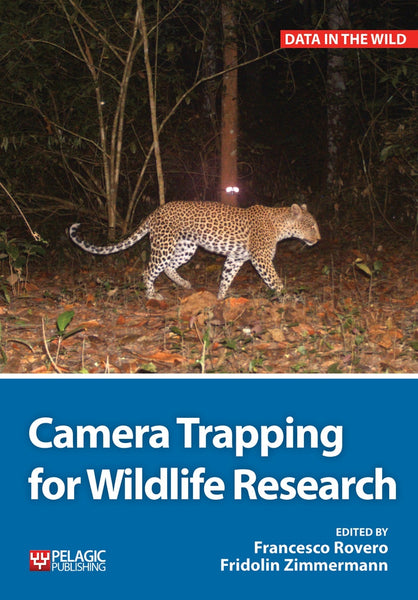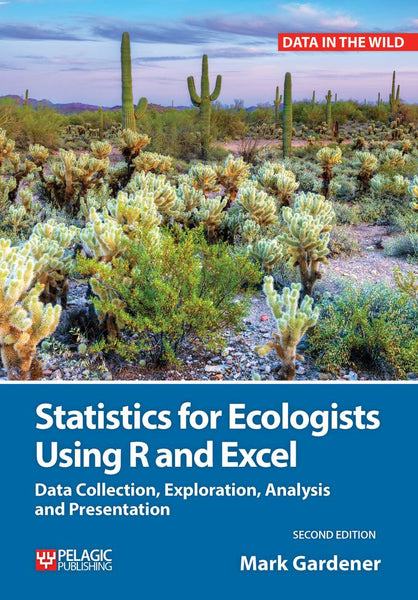Ron Kneusel talks to us about Birding with AI.
Could you tell us a little about your background and where your interest in the seemingly disparate topics of ornithology and AI began?
I came of age during the microcomputer revolution of the late 1970s and fell in love with the idea of a general-purpose machine I could learn to control for a multitude of purposes. I followed that passion through college, earning degrees in mathematics, physics, and, ultimately, a PhD in computer science.
The latter came at the dawn of modern AI with the advent of deep learning in 2011 or so. I was always interested in the promise of AI, of machines that were taught instead of simply programmed. Deep learning led to many rapid advances, including generative AI, which drives the current explosion of AI, and I was right there with it in my daily work.
As for birding, I was exposed to it in the past, but it was the recent pandemic and the time spent outdoors combined with the availability of AI-based birding applications like Merlin that piqued my interest. AI is ideally suited to teaching birding, where millions are now able to immediately identify what they photograph or hear using nothing more than a smartphone.
So, I was simultaneously professionally curious about AI applied to birding, and a new birder rediscovering a childhood fascination with nature.
What was the impetus behind Birding with AI?
Professional interest in applying AI to birding, and wildlife biology more generally, plus a focus on computer vision, made Birding with AI a natural topic to explore. There are a multitude of bird species to learn to detect, and the climate crisis is having a strongly negative impact on birds (and animal life in general), so any small contribution I might make to help seems worth the effort to me.

Image augmentations (left to right, top to bottom): original, flip left-right, gamma correction, rotate 5 degrees, scale 120 percent, shift in x and y.
What kind of research was involved in the creation of the book?
I practice what I call “walk-by birding” – I walk a few places near my home often, with a camera in tow, to track what I happen to see or hear as I walk. So, instead of a long list of birds from many places, I have a set of images of a little more than 100 species observed over time from a few places, some with over 100 images each. Many photos of many species are what traditional machine learning techniques need for training. The collection of images, combined with existing and emerging techniques, formed the research behind the book.
What was the most surprising thing that you learnt whilst working on the book?
To me, it was the power found in large, generative AI embedding models like CLIP from OpenAI. Traditional deep learning models with my collected image dataset were modestly successful, but CLIP gave me an instant bird image classifier with high accuracy for virtually no effort.
Who is the target audience for the book?
The book targets ornithologists and other wildlife biologists, for the most part, to give them an introduction to how AI might be applied to their research projects. I’m also thinking about birders who happen to have a technical background in science or software engineering. They are out there; I’ve met several while out on my birding walks.

Say’s Phoebe (upper left) and seven re-imagined versions using generative AI.
What advice would you give someone looking to utilise AI for the first time?
Humans spend much of their early life in school to learn in general before often specializing in a particular field. Yet, for all that, we make mistakes frequently. AI learns much as we do, and makes mistakes like we do. You can’t blindly trust it. You ensure that the output makes sense. If the Merlin app tells you the bird you’re hearing is one highly unlikely for your area, it’s probably wrong (a false positive). However, if it keeps telling you that repeatedly, instead of spuriously, then you might begin to wonder and continue looking to see if it’s right.
Learn more about Birding with AI here.






